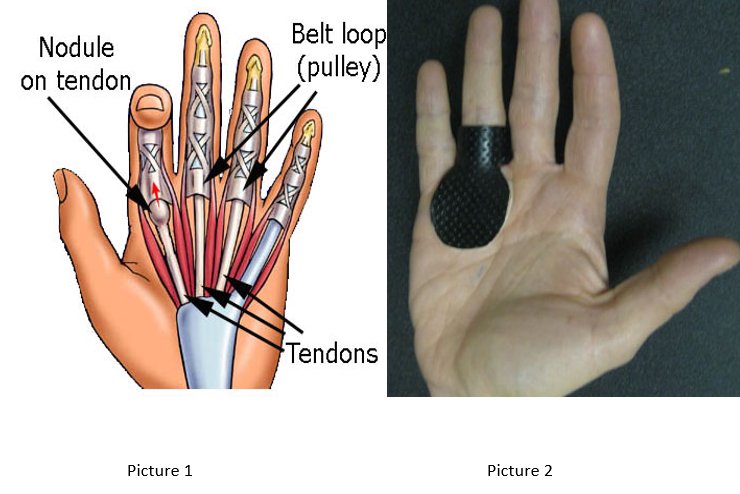nalco group
bone, muscle & joint pain physio
BOOK NOW / WHATSAPP ABOUT YOUR PAIN OR INJURY
- NOVENA 10 Sinaran Drive, Novena Medical Center #10-09, Singapore 307506
- TAMPINES 9 Tampines Grande #01-20 Singapore 528735
- SERANGOON 265 Serangoon Central Drive #04-269 Singapore 550265
Home > Blog > Hand Therapy & Customized Splinting > Conditions > Finger, Hand, Wrist, Forearm & Elbow Conditions > Trigger Finger Hand Physiotherapy
Trigger Finger Hand Physiotherapy

Trigger finger is specifically a painful finger and thumb condition, and
is generally characterized by painful clicking or locking of the finger
when making a fist. Trigger finger happens when tendons in the finger
or thumb become inflamed. When this happens, bending the finger or thumb
can pull the inflamed tendon through a narrowed tendon sheath, making
it snap or pop.
What causes us to get or develop trigger finger?
The cause has not yet been confidently defined, although repetitive movements with forceful gripping is considered a possible cause (Lee, 2011).
Who gets trigger finger?
Trigger finger is a common hand condition that has 2.6% prevalence in the general population but is more common in women, in their 50s and 60s who also have arthritis and diabetes (Akhtar et al., 2005; Makkouk et al., 2008).
trigger finger treatment
Anti-inflammatory medication, activity modification, splinting, steroid injection and surgery are the most common treatment modalities used to manage trigger finger (Ryzewicz & Wolf, 2006). Research would indicate that Hand Therapy may be beneficial on all severity levels even if just minor pain relief for the more chronic/severe presentations (Lee et al., 2011).
Trigger Finger Hand Therapy
A thorough assessment is completed using
subjective and objective methods to ensure the treatment is patient
specific. This also depends on the different grade of trigger finger as
this can result in different functional ability.
Customized Anti-Trigger Finger Splinting
To
reduce use of the hand and pressure over the potentially painful nodule a
customised thermoplastic splint is provided. Expert opinion would
recommend three to six weeks for splinting or stopping once symptoms
have resolved (Huisstede et al., 2014).
Studies have proven that orthotic use may have an increased long-term effect over steroid injection (Valdes, 2012) while both injection and splinting often compliment each other.

Therapeutic Ultrasound To Accelerate Soft Tissue Healing
Therapeutic ultrasound can assist in stimulating the inflammatory phase of healing (Roberston & Baker, 2001; Watson, 2008).
Localized Friction And Gentle Clinical Massage
Another
treatment modality that can be applied to encourage tendon nutrition
and circulation, assist in pain relief and reduce any edema is massage
(Salim et al., 2011).
Rest & Protect The Injury
Resting the inflamed tendon is
advised to stop irritation prolonging or worsening the pain. Carrying
out exercises within the splint only is advised to reduce any stiffness.
Protected Mobilization And Movement
During the earlier stages, our senior hand therapist will provide gentle and protected joint and soft tissue gliding and mobilization such that the finger won't be triggered and still benefit from the gentle gliding motion that prevents joint stiffness from setting in.
